Home>Furniture & Design>Interior Design Trends>What Type Of Lens Is A Magnifying Glass
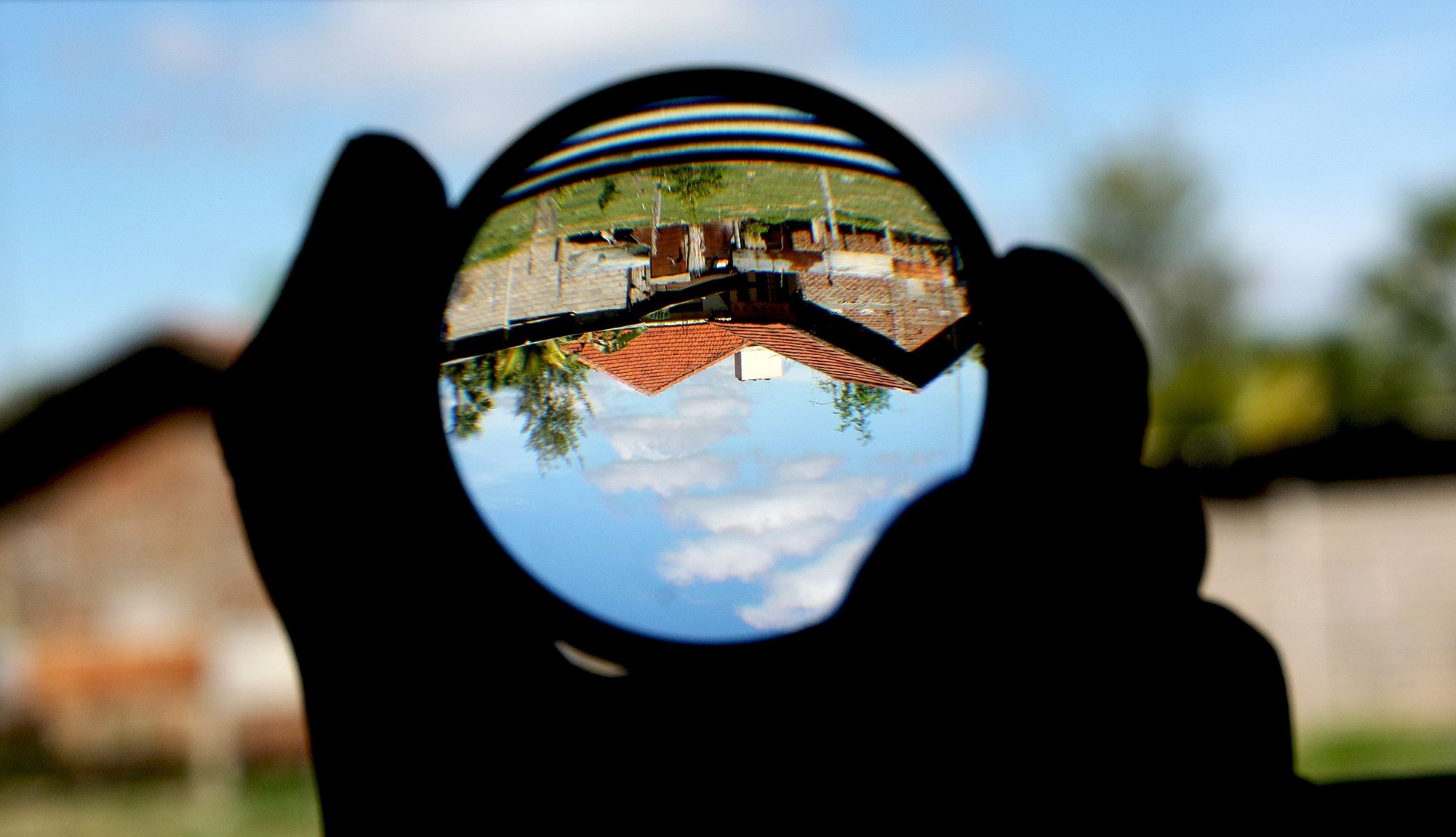

Interior Design Trends
What Type Of Lens Is A Magnifying Glass
Modified: February 18, 2024
Discover the latest interior design trends and find out what type of lens a magnifying glass uses. Explore innovative ideas for your home decor.
(Many of the links in this article redirect to a specific reviewed product. Your purchase of these products through affiliate links helps to generate commission for Storables.com, at no extra cost. Learn more)
Introduction
A magnifying glass is a simple yet remarkable tool that has been used for centuries to enhance our ability to see and examine small objects more closely. Its invention dates back to the 13th century, and it continues to be an indispensable instrument in various fields, including science, art, and everyday tasks. The magnifying glass, also known as a hand lens, is a fascinating device that has captured the curiosity and imagination of people of all ages.
The allure of the magnifying glass lies in its ability to reveal intricate details that are often imperceptible to the naked eye. Whether it's scrutinizing the delicate veins of a leaf, deciphering minuscule text, or inspecting tiny insects, the magnifying glass serves as a gateway to a world of hidden marvels. Its impact extends beyond mere visual enhancement; it fosters a sense of wonder and discovery, igniting the innate human desire to explore and understand the world around us.
As we delve into the inner workings of the magnifying glass, we will uncover the fascinating science behind its functionality and the diverse types of lenses that bring its magic to life. By gaining a deeper understanding of this humble yet extraordinary tool, we can appreciate its significance and versatility in various applications. Let's embark on a journey to unravel the mysteries of the magnifying glass and gain a newfound appreciation for its role in magnifying the wonders of our world.
Key Takeaways:
- The magnifying glass uses different types of lenses, like convex, bifocal, aspheric, Fresnel, and bar magnifier, to help people see small objects more clearly and explore the world’s hidden marvels.
- Understanding the characteristics of magnifying glass lenses, such as material, curvature, focal length, and enhancements, helps people choose the right magnifier for specific tasks and promotes inclusivity for individuals with visual impairments.
The Function of a Magnifying Glass
At its core, the function of a magnifying glass is to magnify and enhance the visual perception of small objects or details. This is achieved through the manipulation of light, which allows the user to observe minute features that would otherwise be difficult to discern. The magnifying glass operates on the principle of converging light rays to produce an enlarged image, making it an invaluable aid in various activities and professions.
When a magnifying glass is held at a specific distance from an object, it captures and refracts light, causing the rays to converge before reaching the eye. This convergence results in the creation of a magnified virtual image, enabling the observer to perceive the object as larger and more detailed than its actual size. The ability of the magnifying glass to alter the path of light and enlarge the visual field is a testament to the ingenuity of optical science.
In addition to magnification, a magnifying glass also serves to enhance the clarity and sharpness of the observed object. By focusing light onto the surface of the object, it accentuates fine details and textures, allowing for a more comprehensive examination. This heightened visual acuity is particularly beneficial in tasks that demand precision and meticulous scrutiny, such as inspecting intricate artwork, reading small print, or examining tiny components in mechanical or electronic devices.
Furthermore, the function of a magnifying glass extends beyond mere enlargement; it enables individuals with visual impairments to overcome limitations and engage with their surroundings more effectively. For those with difficulties in reading or discerning fine details, a magnifying glass can be a valuable tool for improving accessibility and independence. Its role in enhancing visual perception underscores its significance as an inclusive and empowering instrument for individuals with diverse needs.
In essence, the function of a magnifying glass transcends its physical form; it embodies the power of optics to enrich our understanding and appreciation of the world. By harnessing the principles of light and refraction, the magnifying glass empowers us to explore the intricacies of our environment and unravel the beauty of the minutiae that surrounds us.
Types of Lenses Used in Magnifying Glasses
The effectiveness of a magnifying glass is intricately tied to the type of lens it employs. Various lenses are utilized to achieve different magnification levels and optical properties, catering to diverse needs and preferences. Understanding the distinct characteristics of these lenses is essential in selecting the most suitable magnifying glass for specific tasks. Let's explore the common types of lenses used in magnifying glasses:
1. Convex Lens:
A convex lens, also known as a magnifying lens, is the most prevalent type used in magnifying glasses. This lens is curved outward and is thicker at the center than at the edges. When light passes through a convex lens, it converges to a focal point, resulting in magnification. The convex lens is adept at producing magnified, upright images, making it ideal for reading fine print, examining small objects, and conducting detailed inspections.
2. Bifocal Lens:
A bifocal lens incorporates two distinct optical powers within a single lens. This design enables users to access both a magnified portion for close-up tasks and a standard portion for regular viewing. Bifocal lenses are commonly utilized in magnifying glasses for individuals with presbyopia, a condition that affects near vision. By seamlessly integrating two optical strengths, bifocal lenses offer enhanced versatility and convenience for a wide range of activities.
3. Aspheric Lens:
An aspheric lens is characterized by a non-spherical surface, which deviates from the traditional spherical curvature of lenses. This unique design minimizes spherical aberrations and distortion, resulting in improved image quality and clarity. Aspheric lenses are favored for their ability to provide distortion-free magnification, making them suitable for tasks that demand precise visualization, such as jewelry appraisal, circuit board inspection, and fine art analysis.
4. Fresnel Lens:
Fresnel lenses are distinguished by their lightweight and thin construction, featuring a series of concentric grooves that replicate the optical properties of conventional lenses. Despite their reduced thickness, Fresnel lenses deliver substantial magnification, making them practical for portable and compact magnifying glasses. These lenses are commonly employed in handheld magnifiers, magnifying sheets, and magnifying visors, offering a portable solution for magnification on the go.
5. Bar Magnifier:
A bar magnifier utilizes a narrow, elongated lens that is particularly effective for reading lines of text or examining detailed sections of a document. This elongated design allows for a wider field of view along a specific axis, facilitating efficient reading and analysis of linear content. Bar magnifiers are favored for tasks that involve scanning through text, proofreading documents, and conducting precise measurements.
By understanding the distinct characteristics and applications of these lenses, individuals can make informed choices when selecting a magnifying glass that aligns with their specific requirements. Whether it's for enhancing visual acuity, accommodating visual impairments, or facilitating intricate tasks, the diverse array of lenses used in magnifying glasses exemplifies the versatility and adaptability of this indispensable tool.
Characteristics of a Magnifying Glass Lens
The characteristics of a magnifying glass lens play a pivotal role in determining its optical performance and suitability for various tasks. These distinctive attributes encompass the lens material, curvature, focal length, and optical aberrations, collectively shaping the magnifying capabilities and visual quality of the lens.
-
Lens Material:
The material composition of a magnifying glass lens significantly influences its optical properties and durability. Common materials used for magnifying glass lenses include glass and acrylic. Glass lenses offer exceptional clarity and resistance to scratching, making them ideal for high-precision applications. On the other hand, acrylic lenses are lightweight and less prone to shattering, providing a practical and portable solution for everyday magnification needs. -
Curvature:
The curvature of a magnifying glass lens, particularly in convex lenses, determines the degree of light refraction and magnification achieved. A more pronounced curvature results in higher magnification power, enabling the lens to produce larger and more detailed images. Understanding the curvature of the lens is crucial in selecting the appropriate magnifying glass for specific magnification requirements, whether for reading, hobbyist activities, or professional use. -
Focal Length:
The focal length of a magnifying glass lens refers to the distance between the lens and the point where light converges to form a focused image. Lenses with shorter focal lengths provide greater magnification at closer distances, making them suitable for examining extremely small objects or conducting intricate tasks. Conversely, lenses with longer focal lengths offer reduced magnification but a wider field of view, catering to applications that necessitate a broader visual scope. -
Optical Aberrations:
Optical aberrations, such as spherical aberration and chromatic aberration, can impact the visual quality of a magnifying glass lens. Spherical aberration may cause blurring or distortion around the edges of the magnified image, while chromatic aberration can result in color fringing or dispersion. High-quality magnifying glass lenses are designed to minimize these aberrations, ensuring crisp, distortion-free magnification and true-to-life color rendition. -
Coating and Enhancement:
Some magnifying glass lenses feature specialized coatings or enhancements to improve light transmission, reduce glare, and enhance contrast. Anti-reflective coatings minimize light reflections and glare, optimizing visual clarity and comfort during prolonged use. Additionally, lens enhancements may include scratch-resistant coatings to prolong the lens's lifespan and maintain its optical integrity over time.
Understanding the nuanced characteristics of a magnifying glass lens empowers individuals to make informed decisions when selecting a magnifier that aligns with their specific needs and preferences. Whether it's for precision tasks, leisure pursuits, or visual assistance, the unique attributes of magnifying glass lenses underscore their role as indispensable tools for magnifying and exploring the intricacies of the world around us.
Read more: How To Make A Magnifying Glass
Conclusion
In conclusion, the magnifying glass stands as a testament to the remarkable fusion of science, ingenuity, and practicality. Its enduring relevance and impact across diverse domains underscore its status as an indispensable tool for magnifying the wonders of our world. From the humble convex lens to the innovative aspheric and Fresnel lenses, the diverse array of magnifying glass lenses exemplifies the adaptability and versatility of this timeless instrument.
The magnifying glass transcends its conventional role as a visual aid; it embodies the spirit of exploration and discovery, empowering individuals to delve into the minutiae of their surroundings and unravel hidden marvels. Whether it's unraveling the intricacies of a delicate artifact, deciphering microscopic text, or igniting the curiosity of young minds, the magnifying glass continues to captivate and inspire.
As we navigate the intricacies of magnifying glass lenses, we gain a deeper appreciation for the nuanced characteristics that define their optical prowess. The material composition, curvature, focal length, and optical enhancements collectively contribute to the magnifying glass's ability to enrich visual perception and facilitate a myriad of tasks.
Furthermore, the magnifying glass serves as a beacon of inclusivity, offering individuals with visual impairments the means to engage with their environment and pursue their passions with enhanced clarity and independence. Its role in promoting accessibility and accommodating diverse needs underscores its significance as a tool that transcends barriers and fosters inclusivity.
In a world teeming with marvels both large and small, the magnifying glass remains an enduring symbol of curiosity, precision, and the unyielding human spirit. Its legacy as a catalyst for discovery and understanding continues to resonate across generations, reminding us of the profound impact that a simple yet extraordinary tool can have on our perception of the world.
In essence, the magnifying glass beckons us to peer closer, to seek out the hidden details, and to embrace the sense of wonder that accompanies the exploration of the seemingly minuscule. It serves as a reminder that within the realm of the diminutive lies a universe of beauty and complexity waiting to be unveiled, and it is through the lens of the magnifying glass that we embark on this timeless journey of discovery and appreciation.
Frequently Asked Questions about What Type Of Lens Is A Magnifying Glass
Was this page helpful?
At Storables.com, we guarantee accurate and reliable information. Our content, validated by Expert Board Contributors, is crafted following stringent Editorial Policies. We're committed to providing you with well-researched, expert-backed insights for all your informational needs.
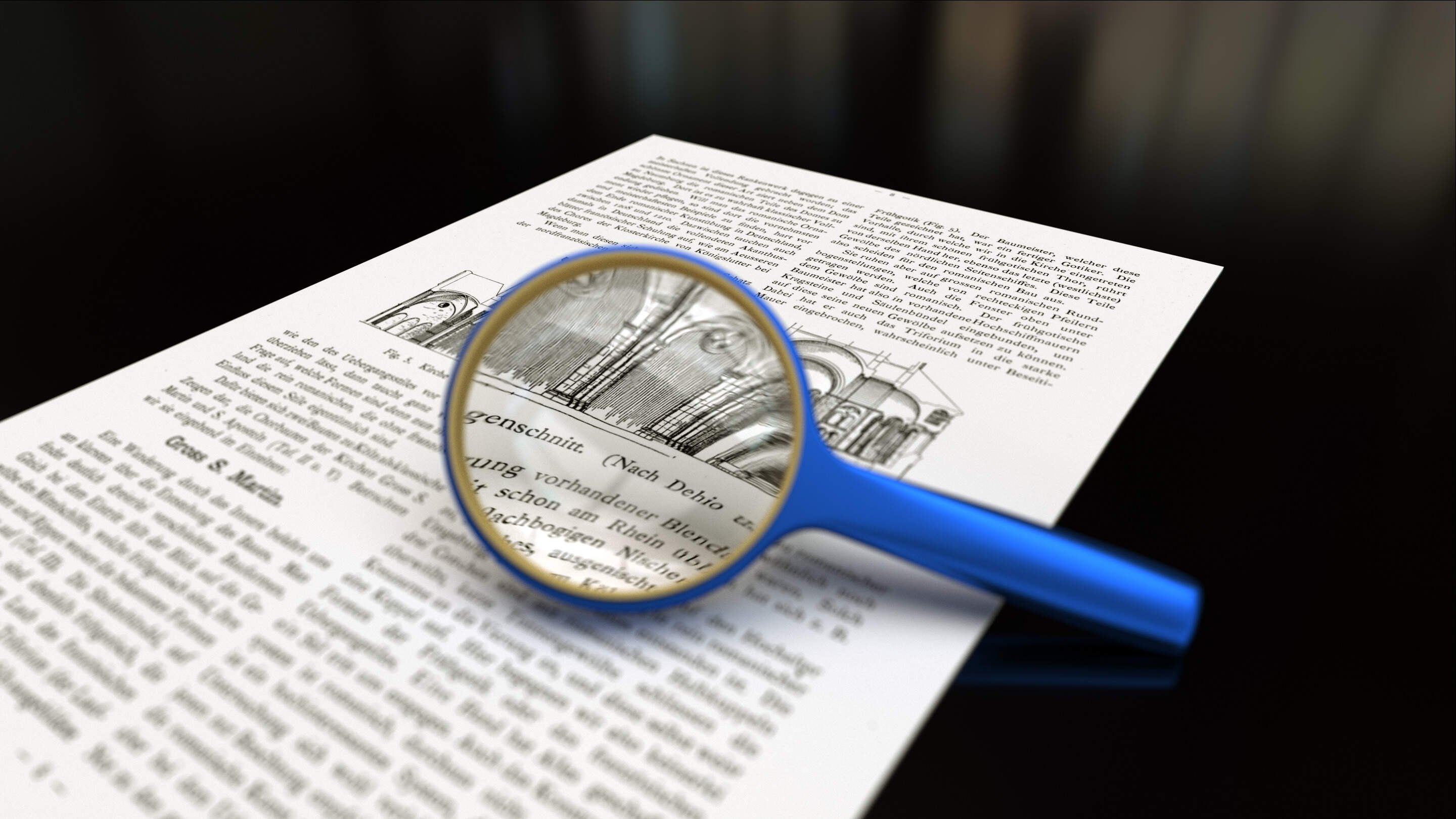

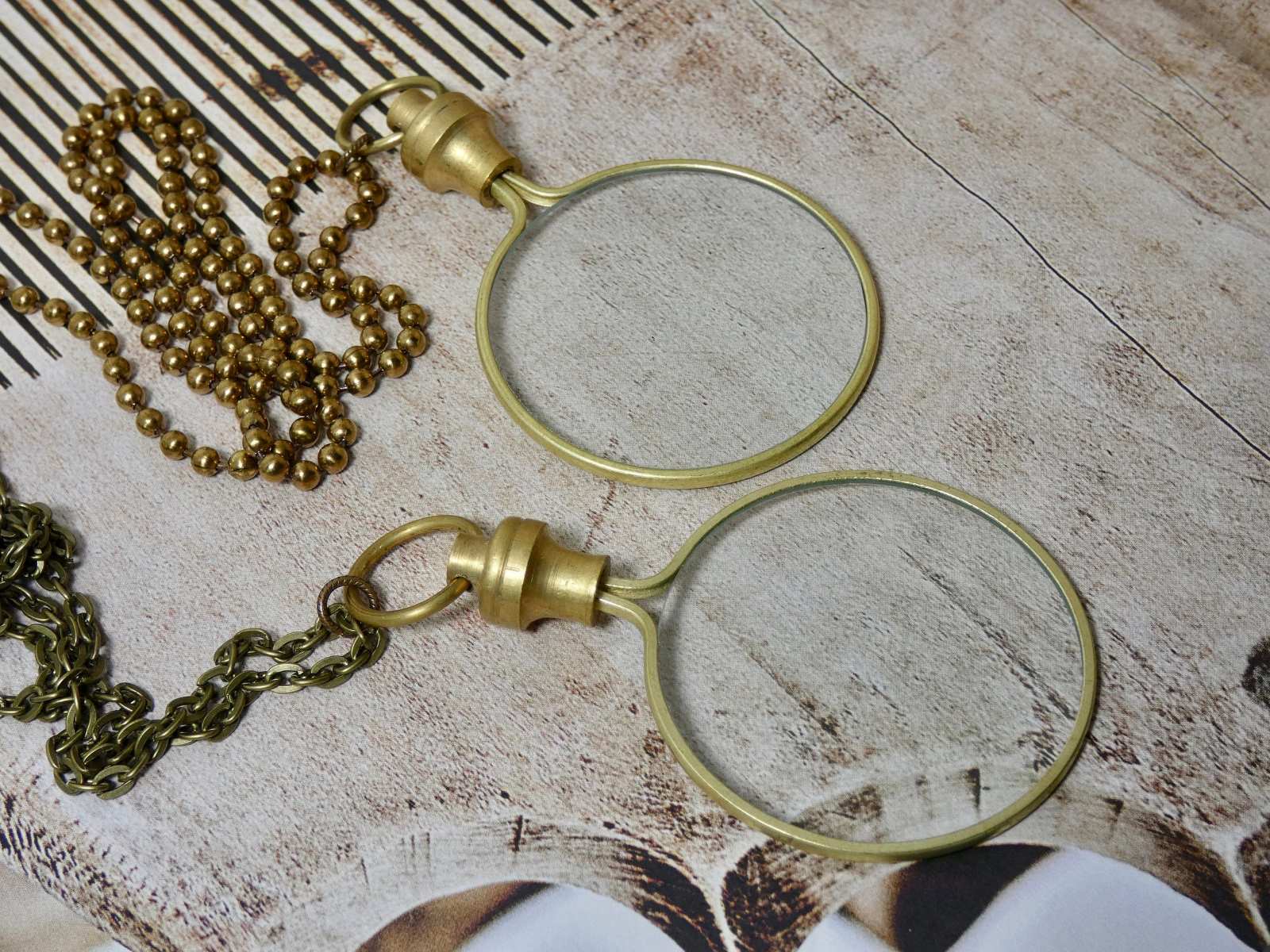


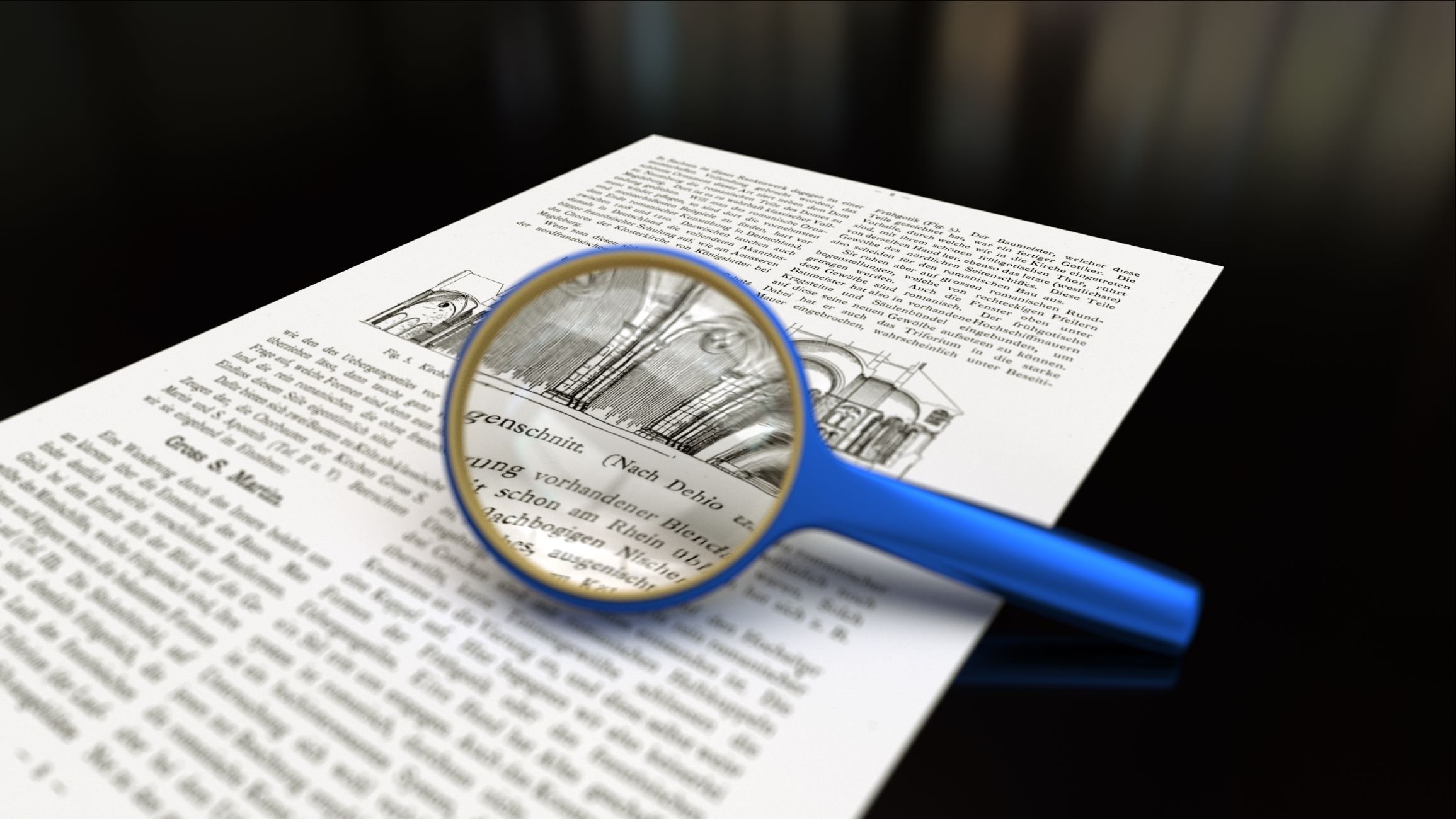

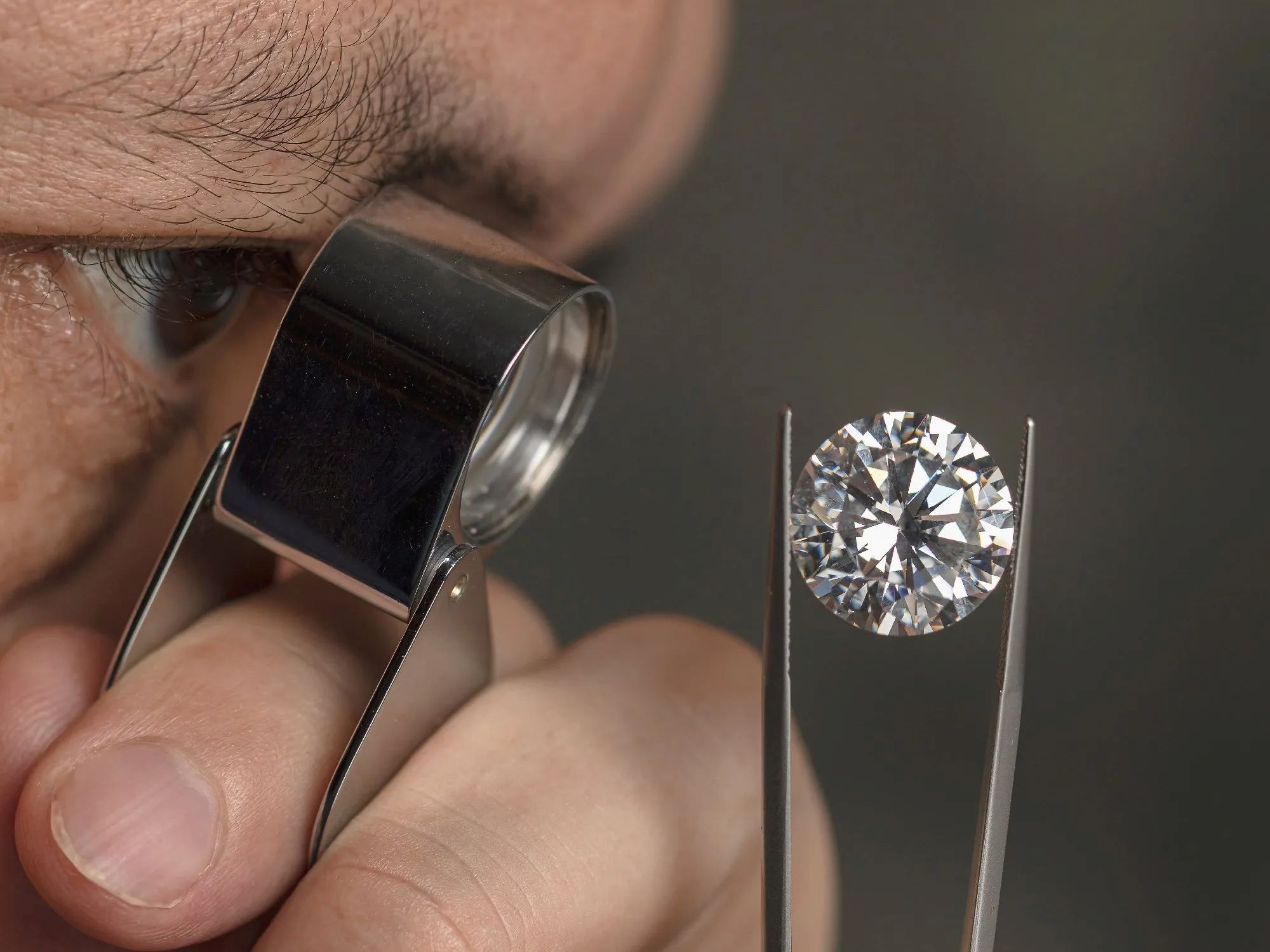

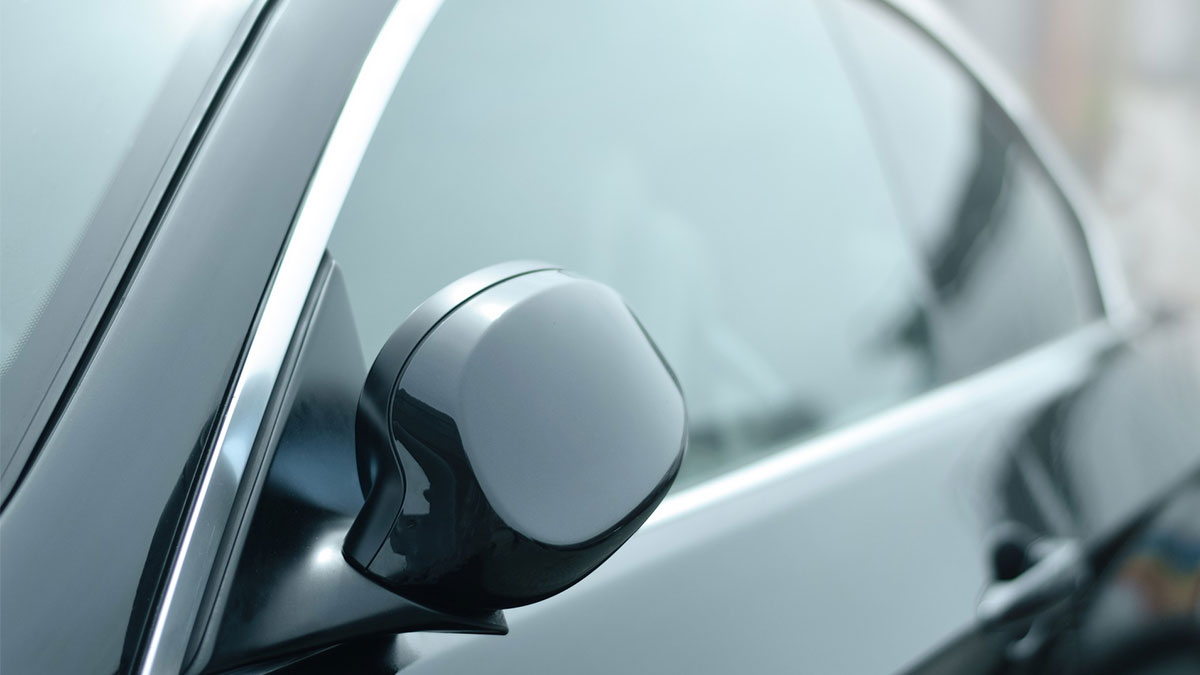


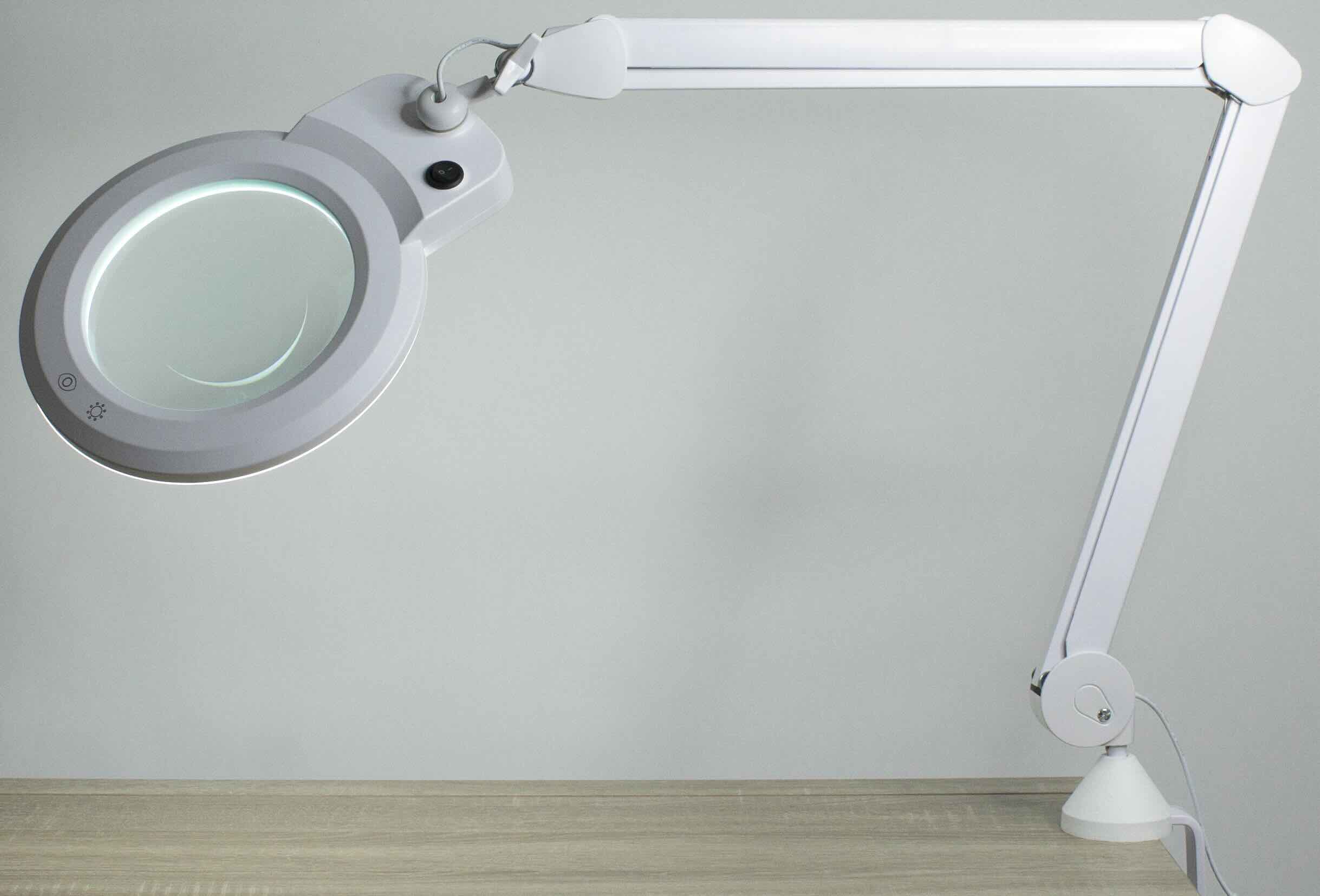

0 thoughts on “What Type Of Lens Is A Magnifying Glass”